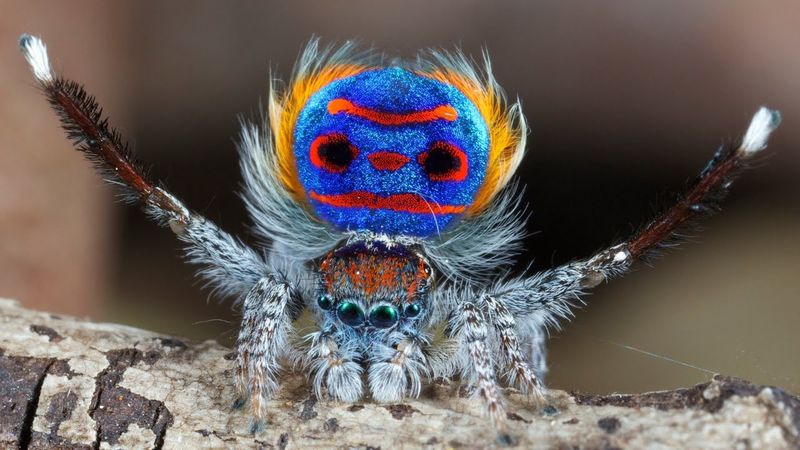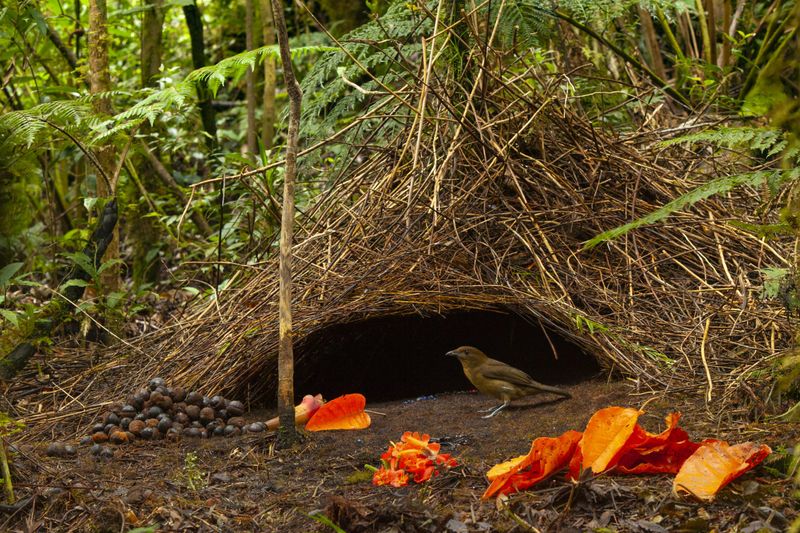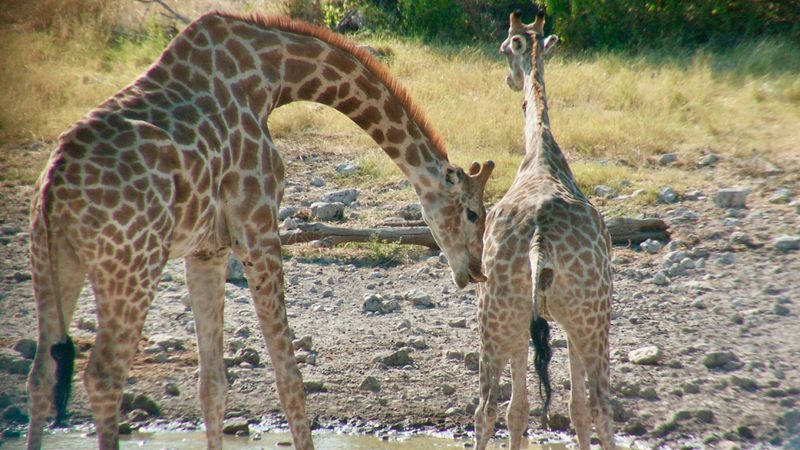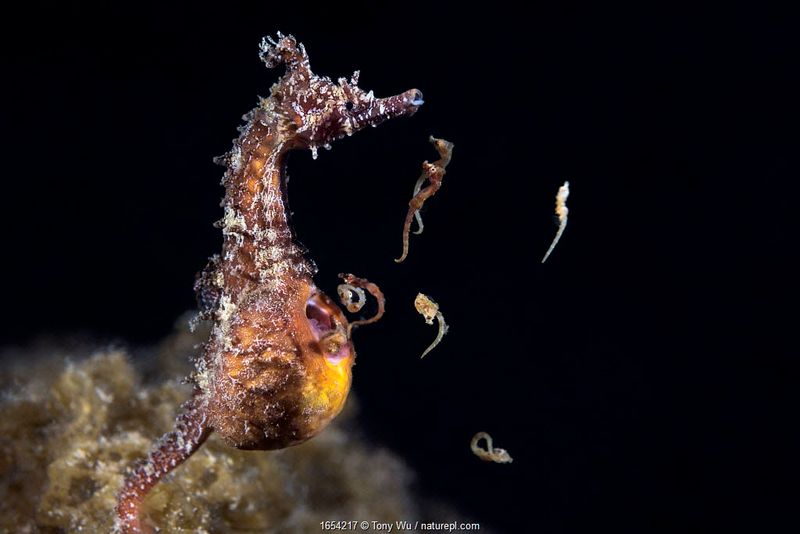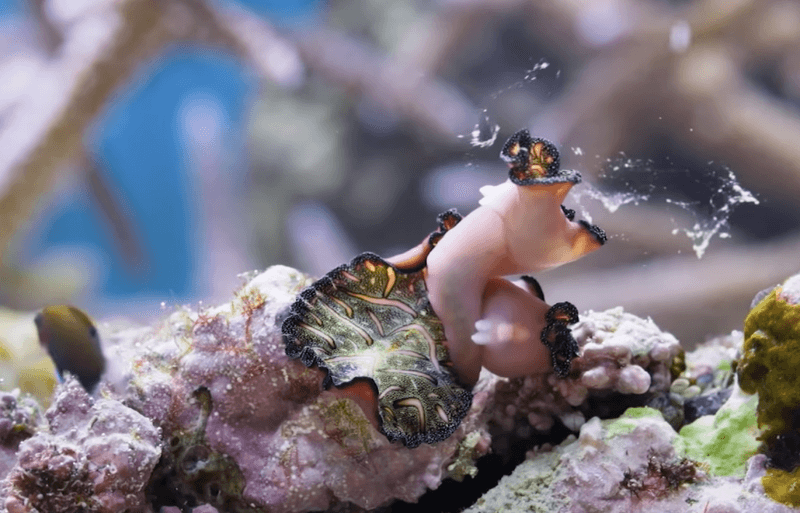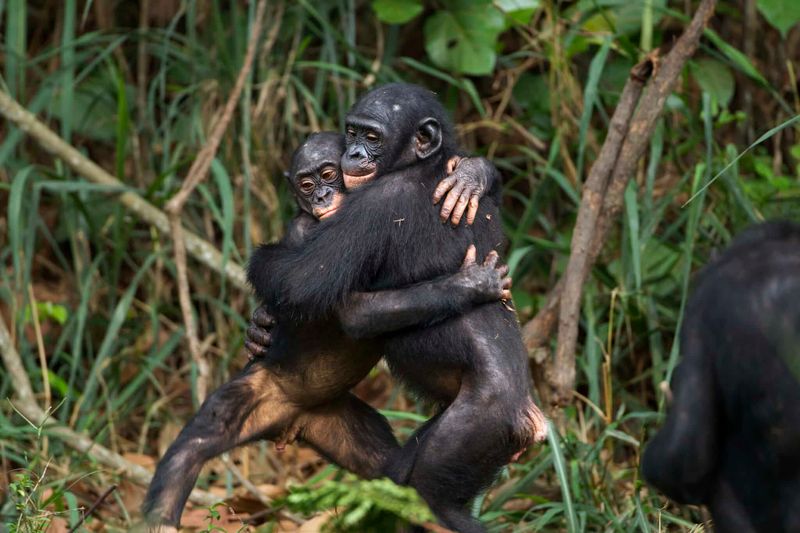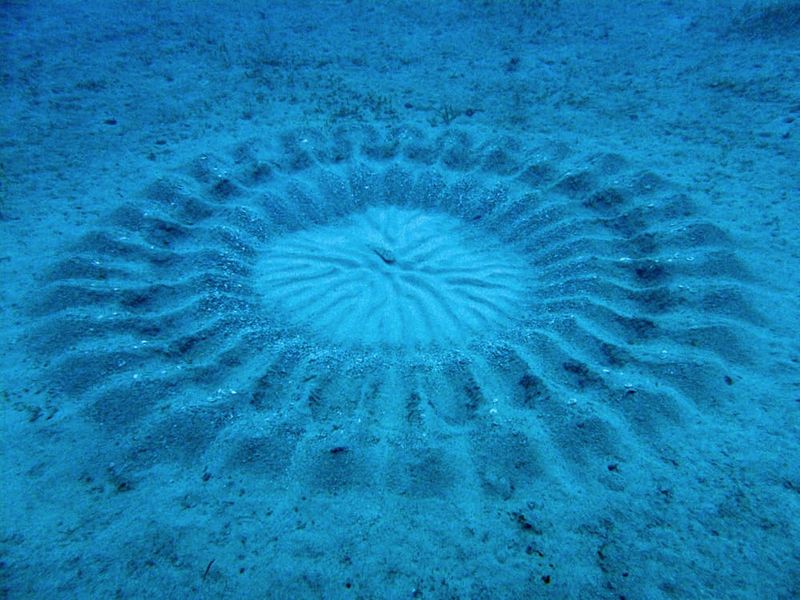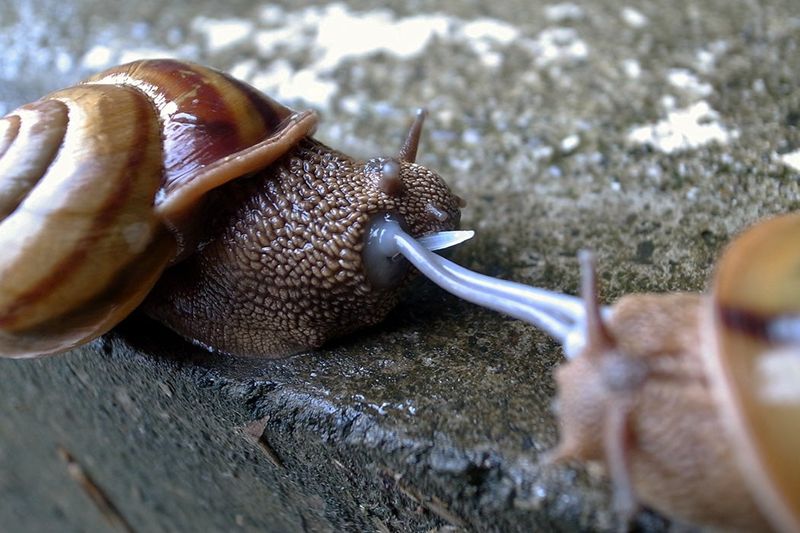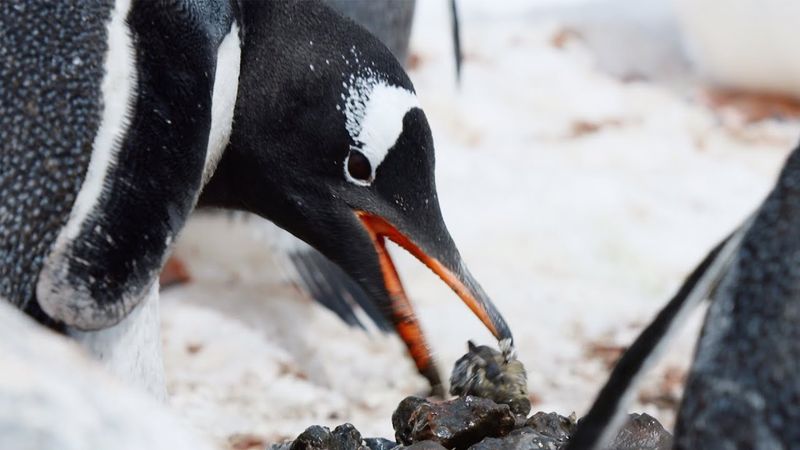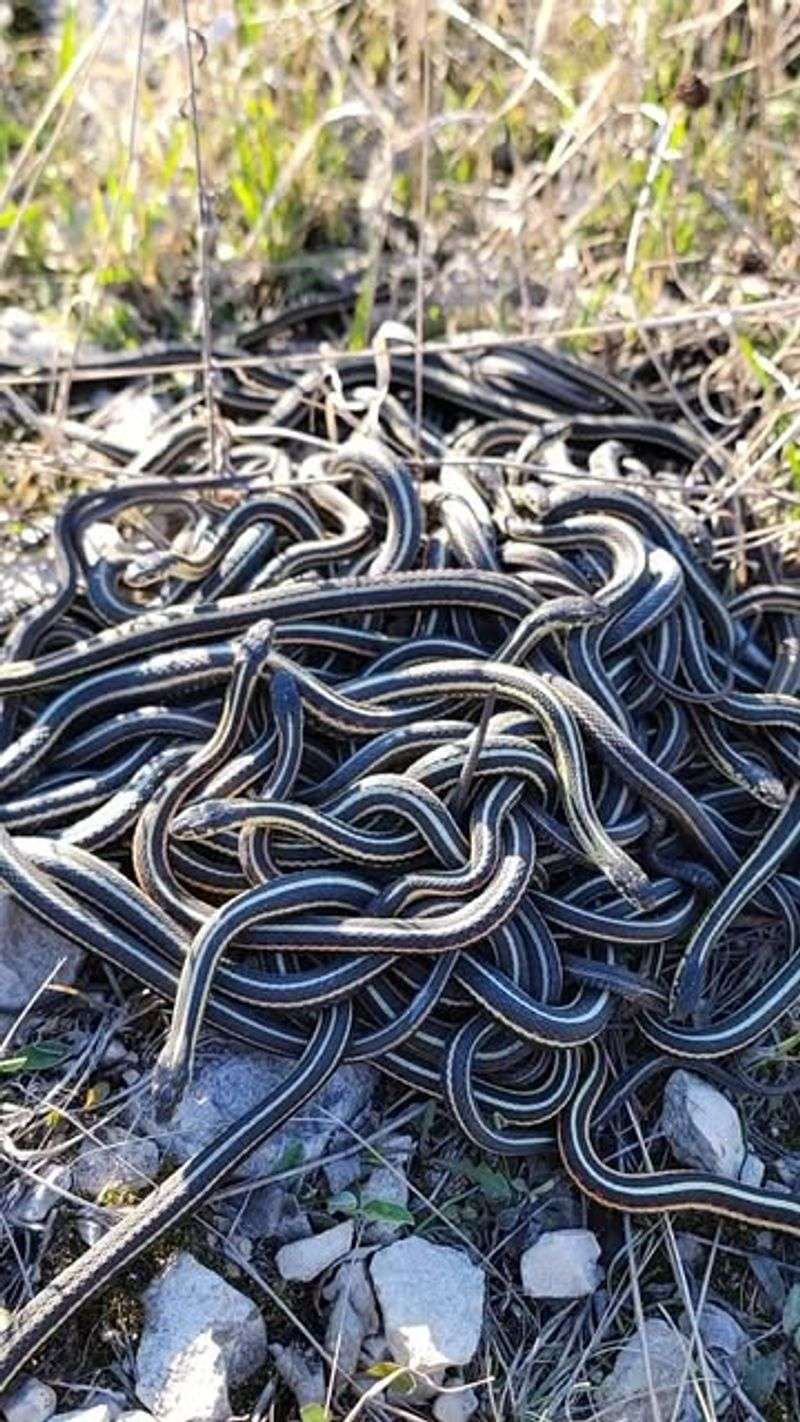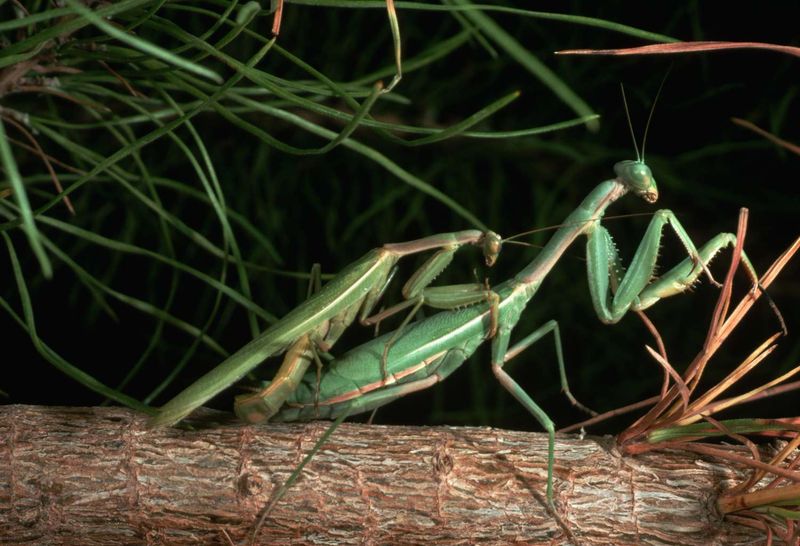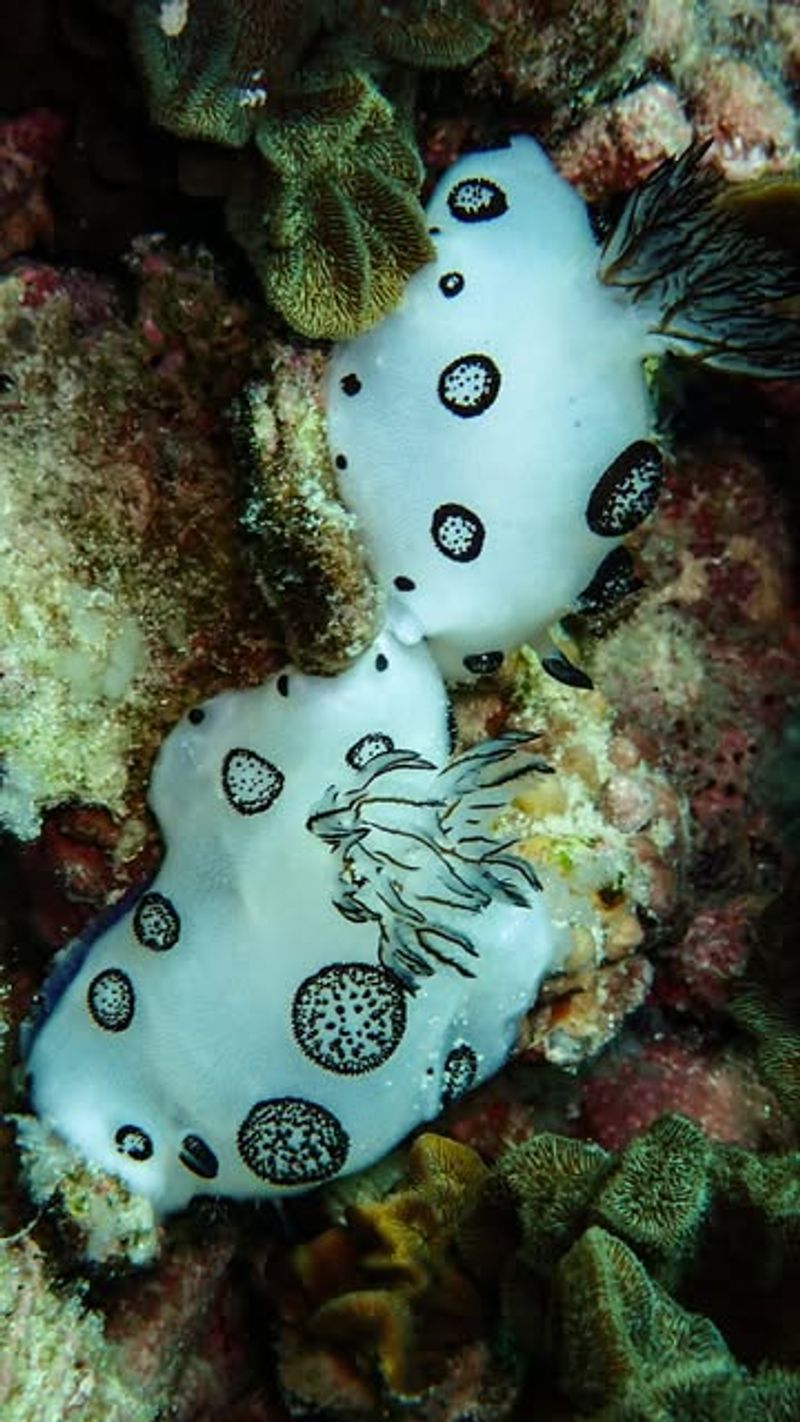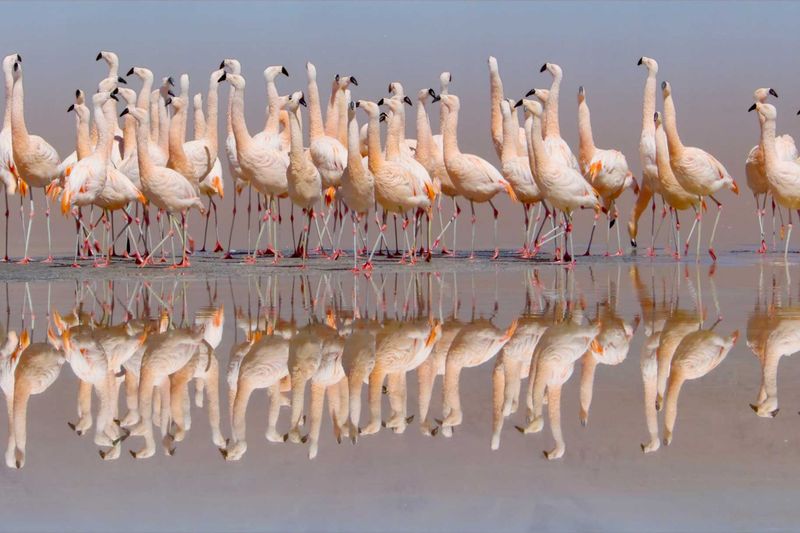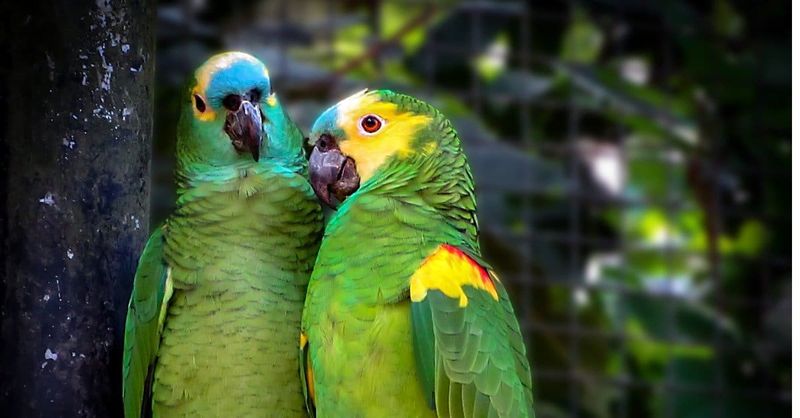The animal kingdom isn’t shy when it comes to courtship—and in many cases, nature’s mating rituals are as bizarre as they are fascinating. From dances to deadly encounters, here are 17 of the strangest mating behaviors in the wild.
Anglerfish: The Ultimate Clinger
In the dark abyss of the ocean, male anglerfish are tiny compared to their female counterparts. Once a male encounters a female, he latches onto her body permanently. This parasitic relationship allows the male to fuse his tissues with hers, becoming a living appendage. From that point on, he relies on her for nutrients, while providing sperm whenever she’s ready to mate. Their bizarre union ensures he never has to search for a mate again. A strange, yet effective, strategy for survival in the mysterious deep seas.
Peacock Spider: Dance or Die
In the vibrant landscapes of Australia, the tiny peacock spider must dance to impress. Male peacock spiders perform elaborate dance routines, showcasing vibrant colors on their legs and abdomen. Each move is precise, a rhythmic performance that could mean life or death. If the female approves, mating follows; if not, he might become her next meal. This high-stakes dance is a dazzling spectacle of nature’s dramatic flair. The combination of beauty and danger makes this courtship ritual one-of-a-kind in the spider world.
Bowerbird: Master of Interior Design
In the dense forests of New Guinea and Australia, male bowerbirds are nature’s architects. To attract a mate, they build intricate structures known as bowers. These aren’t just any nests; they are masterpieces adorned with colorful objects like berries, feathers, and even man-made items. The more elaborate, the better. Females inspect these creations with discerning eyes, choosing mates based on their artistic talents. The bowerbird’s flair for design turns the forest floor into a showcase of natural creativity and competition.
Giraffe: Urine Taste Test
In the vast savannas of Africa, giraffes engage in a peculiar courtship ritual. Males nudge females until they urinate, then taste the urine to detect fertility hormones. This unconventional method determines if the female is ready to mate. It might not be the most romantic gesture, but in the giraffe world, it’s a necessary step towards ensuring successful reproduction. This taste test is a testament to the diverse and often strange strategies animals have evolved for courtship.
Seahorses: Male Pregnancy
In an extraordinary twist of parental roles, male seahorses take on the task of pregnancy. Females deposit their eggs into the male’s pouch, where he fertilizes and carries them until birth. This unique arrangement allows the male to nurture the young, ensuring their safety in his protective pouch. Upon hatching, tiny seahorses emerge, ready to face the ocean. This fascinating role reversal highlights the diversity of reproductive strategies in the animal kingdom and challenges traditional gender roles.
Flatworms: Penis Fencing
In the fascinating world of hermaphroditic flatworms, mating is a combative affair. These creatures engage in a behavior known as penis fencing, where two individuals duel with their penises. The goal is to ‘stab’ the other, with the winner becoming the father and the loser carrying the offspring. This aggressive courtship strategy involves both competition and cooperation, as both participants are equipped to play either parental role. This duel of determination exemplifies nature’s unpredictability and the unique adaptations of these aquatic inhabitants.
Bonobos: Everything’s About Love
Among the lush forests of Central Africa, bonobos lead a lifestyle centered around love and social bonds. Unlike many other species, bonobos use sex as a tool for everything from conflict resolution to strengthening group ties. Their interactions go beyond mere reproduction, involving all combinations and behaviors. This liberal approach to mating and bonding showcases the bonobos’ unique social structure and highlights the complex emotional lives of these primates. It’s a testament to the power of affection in maintaining harmony.
Pufferfish: Underwater Artistry
In the warm waters of the Pacific, male pufferfish are renowned for their artistic flair. To attract a mate, they laboriously craft large, intricate circles in the sand, often spanning several feet across. These underwater masterpieces are not only visually stunning but also demonstrate the male’s dedication and skill. A female pufferfish selects her mate based on the quality and intricacy of these designs. This artistic courtship ritual turns the ocean floor into an ever-changing canvas of creativity and competition.
Garden Snails: Love Darts
In the tranquil world of garden snails, love can be a bit painful. Before mating, snails shoot ‘love darts’ made of calcium into each other. This peculiar act isn’t just for show; it increases the chances of successful reproduction by enhancing sperm survival. Despite the potential discomfort, these darts are a critical part of snail courtship. This unique ritual is a reminder of the diverse strategies creatures use to ensure their genes persist, turning even the most unassuming garden into a stage for survival.
Birds of Paradise: Jungle Performers
Deep in the rainforests of New Guinea, the birds of paradise put on performances that rival any stage show. Males display vibrant plumage, executing rhythmic dances and intricate vocalizations to woo females. Each performance is a unique blend of color, motion, and sound, designed to captivate the discerning eyes of potential mates. The intensity and diversity of their displays highlight not only their beauty but also the lengths to which these birds will go for love. Nature’s theatrical flair is on full display here.
Penguins: Pebble Proposals
In the icy reaches of Antarctica, male Adélie penguins search for the perfect pebble. This seemingly simple gesture is a crucial part of their courtship ritual. The male offers the pebble to a female, and if she accepts, they work together to build a nest. This touching proposal is more than just a gift; it’s a promise of partnership and cooperation. The pebble becomes a symbol of love and commitment amidst the harsh Antarctic conditions, showcasing the tender side of these resilient birds.
Porcupines: Urine Spray
In the forests of North America, male porcupines have a rather unorthodox method of wooing a mate. They spray females with urine, a behavior that might seem bizarre but plays a crucial role in their courtship. This chemical signal informs the female of the male’s interest and readiness to mate. While it’s not the most conventional romantic gesture, in the porcupine world, it’s an effective way to communicate intentions. These spiky creatures remind us that love can be found in unexpected forms.
Red-Sided Garter Snakes: Mating Balls
In the springtime forests of North America, red-sided garter snakes engage in a frenzied mating ritual. Dozens of males swarm a single female, forming what’s known as a ‘mating ball’. This chaotic scramble is a competition for the chance to mate with the female at the center of the frenzy. While it may seem overwhelming, this strategy ensures that the strongest males succeed, passing on their genes to the next generation. Nature’s competitive spirit is on full display in this tangled ritual.
Praying Mantis: Fatal Attraction
In the garden world of praying mantises, love can be lethal. Female mantises are notorious for decapitating and consuming males during or after mating. This grisly behavior may enhance sperm transfer and provide nutritional benefits for the female. Despite the deadly risk, males continue to approach, driven by the urge to reproduce. The mantis’s mating ritual is a dramatic reminder of nature’s often harsh realities. This perilous dance between life and death adds a thrilling edge to their courtship.
Sea Slugs: Simultaneous Impregnation
In the colorful realm of coral reefs, hermaphroditic sea slugs have a unique approach to mating. They simultaneously impregnate each other, with both partners exchanging sperm and carrying eggs. This mutual exchange ensures that both individuals contribute to the next generation. The sea slug’s reproductive strategy exemplifies cooperation and reciprocity, turning mating into a shared venture. This dual role in parenting highlights the diverse and fascinating adaptations of marine life, where survival often involves creative solutions.
Flamingos: Group Dancing
In the shimmering lagoons of tropical regions, flamingos engage in synchronized group dances. These flamboyant displays not only strengthen pair bonds but also stimulate breeding readiness among the flock. With their vivid pink feathers and graceful movements, flamingos create a visual spectacle that’s both captivating and functional. The collective rhythm and coordination of these dances emphasize the importance of unity and cooperation. This extravagant courtship ritual is a testament to nature’s penchant for beauty and collaboration.
White-Fronted Parrots: Beak-to-Beak Kisses
In the vibrant rainforests of Central America, white-fronted parrots express affection through beak-to-beak kisses and mutual preening. This avian version of kissing is more than just a display of love; it strengthens pair bonds and ensures mutual grooming. These affectionate interactions showcase the parrots’ social nature and the importance of companionship in the wild. Their tender courtship behaviors remind us of the universal language of love, transcending species and environments. It’s a heartwarming glimpse into the emotional lives of these colorful birds.


